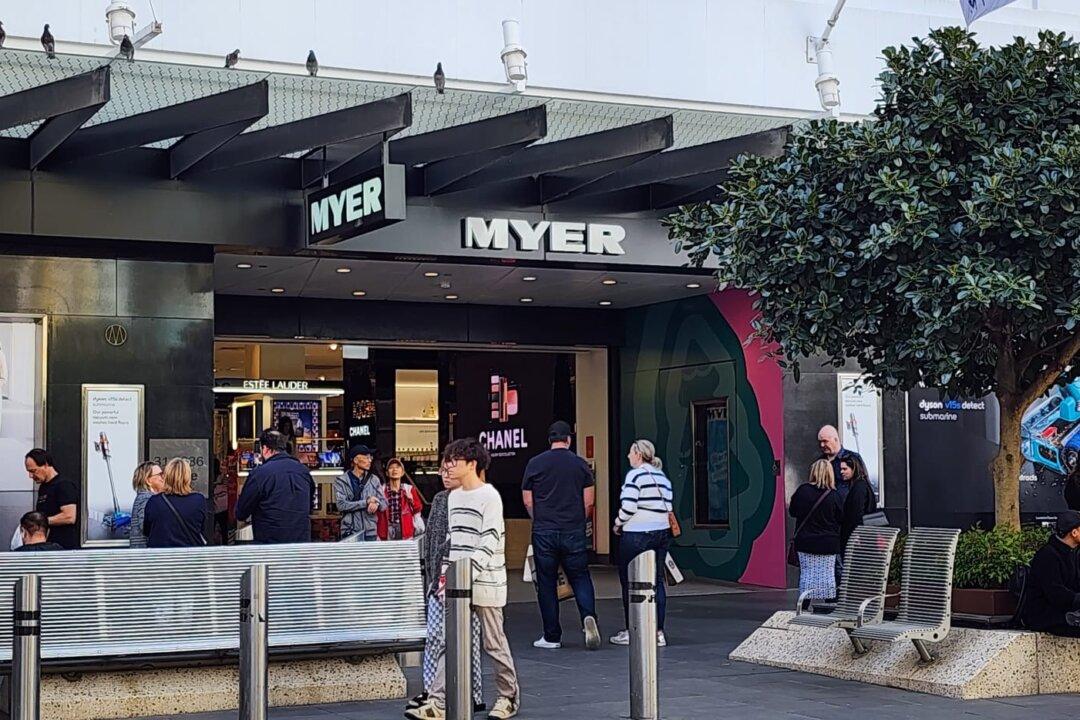Retail sales increased 0.9 percent in September 2023 compared to the previous month to $35.9 billion for the year, according to the latest Australian Bureau of Statistics Retail Trade data.
Year-on-year data saw retail sales up two percent in September 2023 with cafes, restaurants, and takeaway sales seeing the strongest annual growth, up 6.1 percent, followed by food sales, up 3.5 percent.




